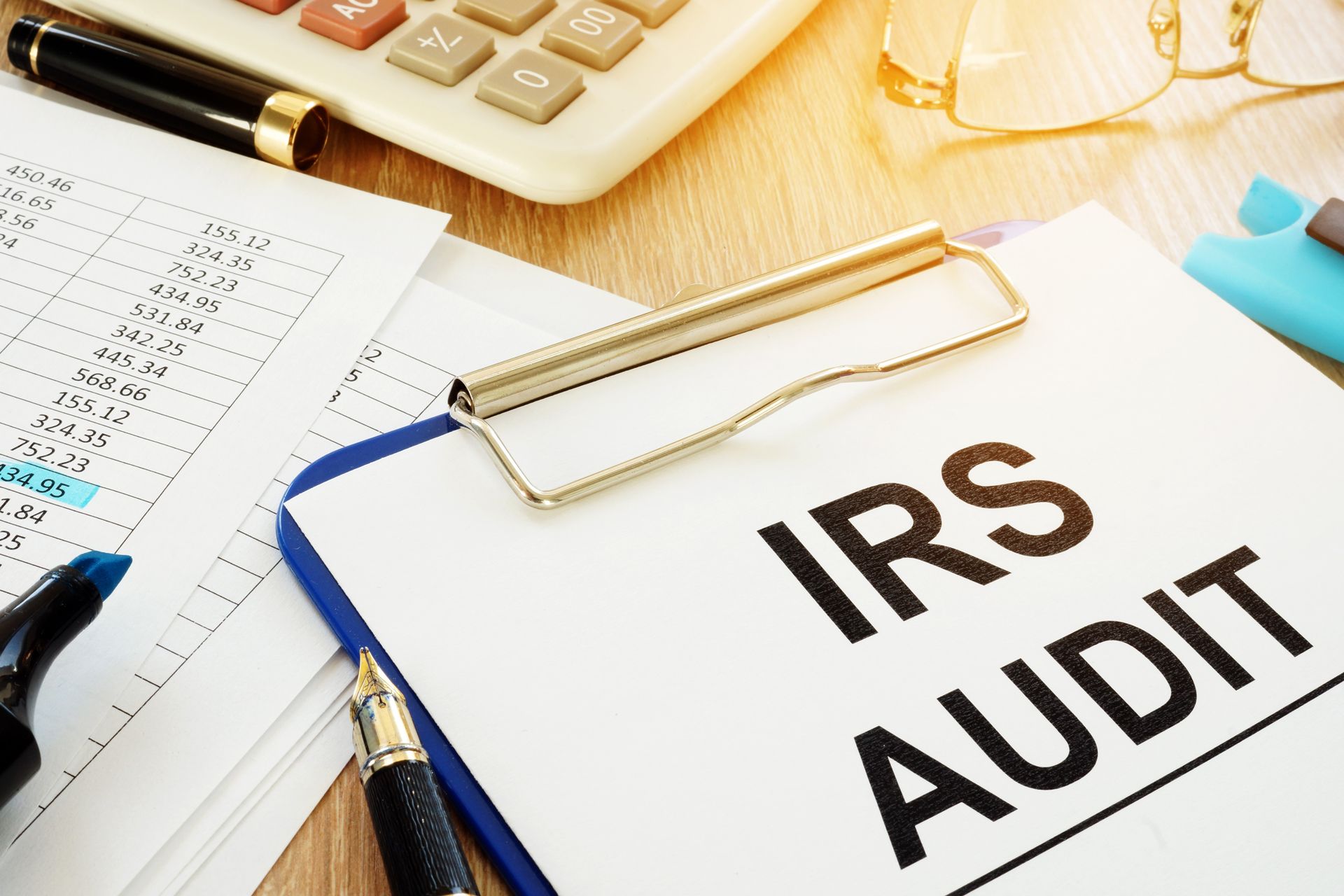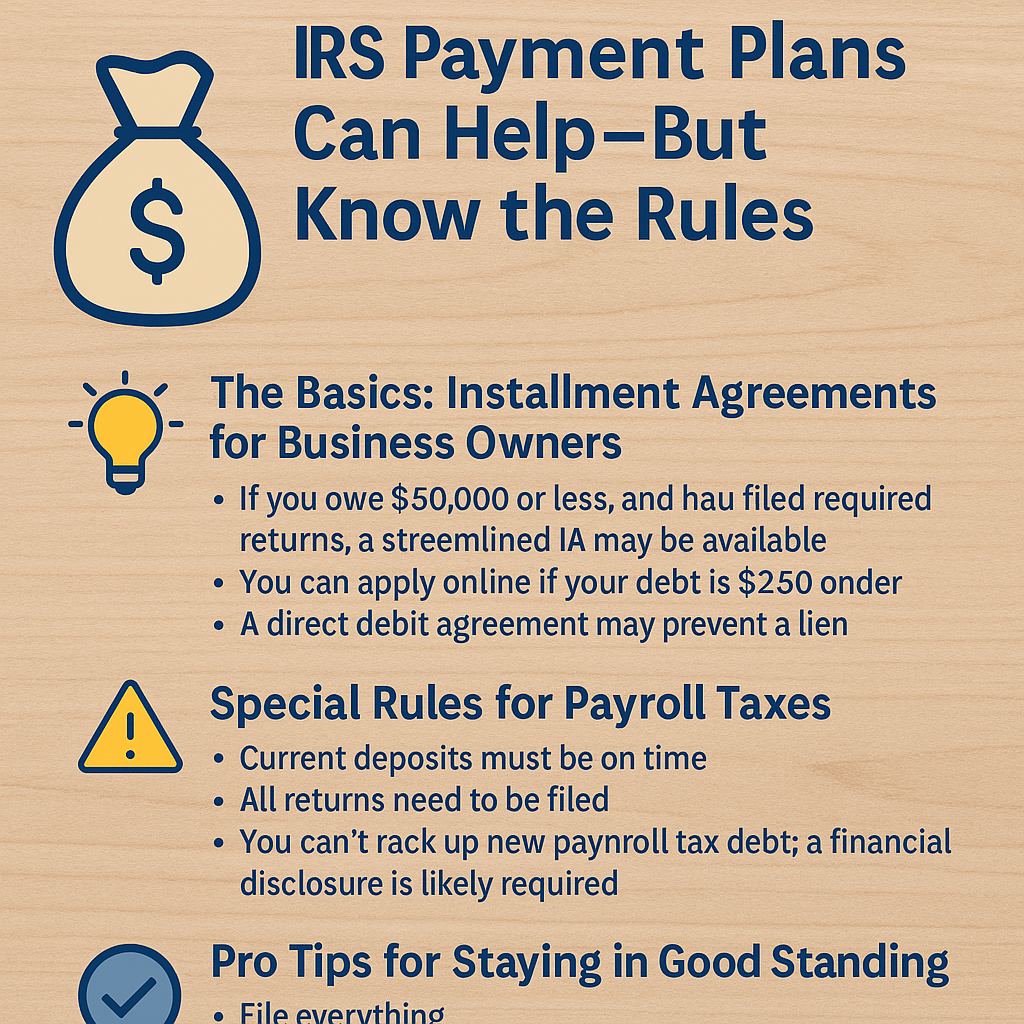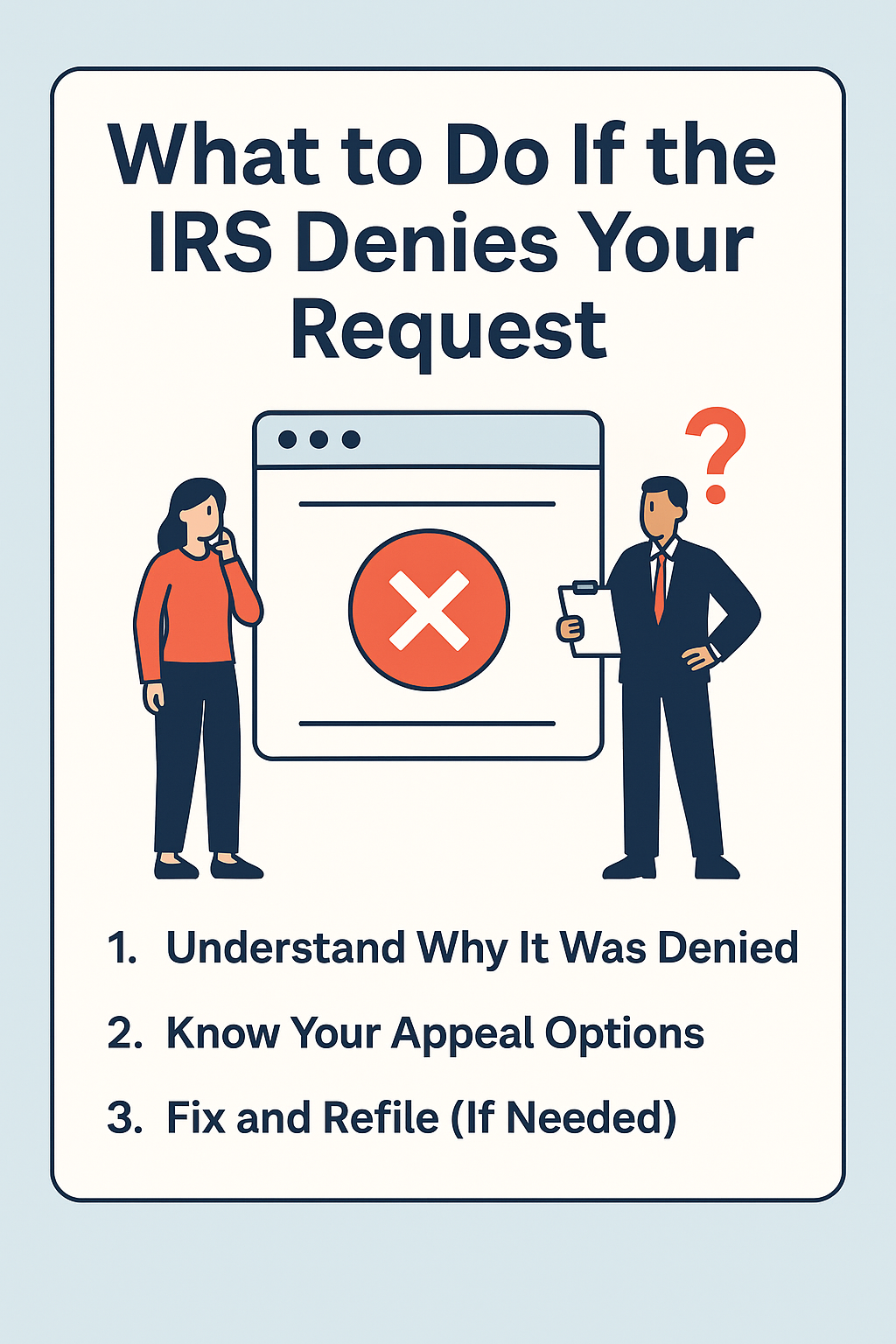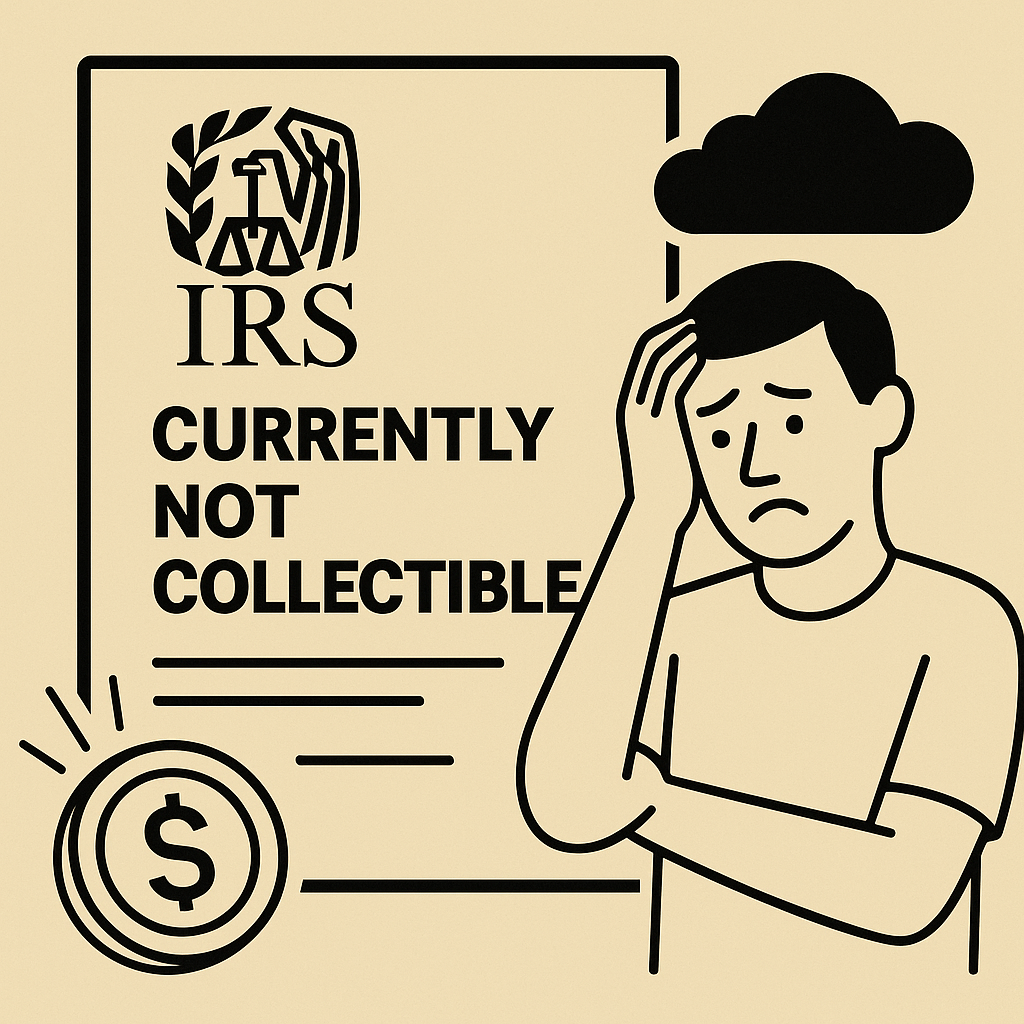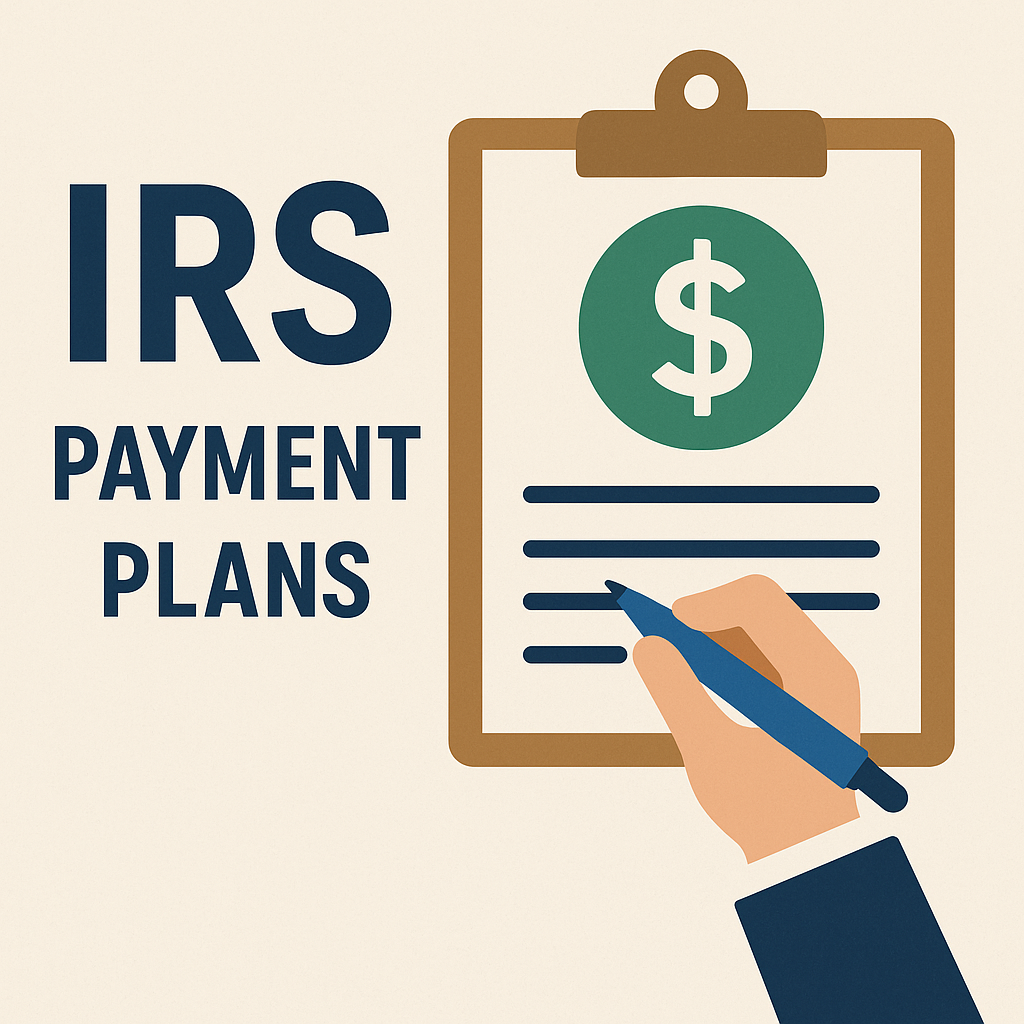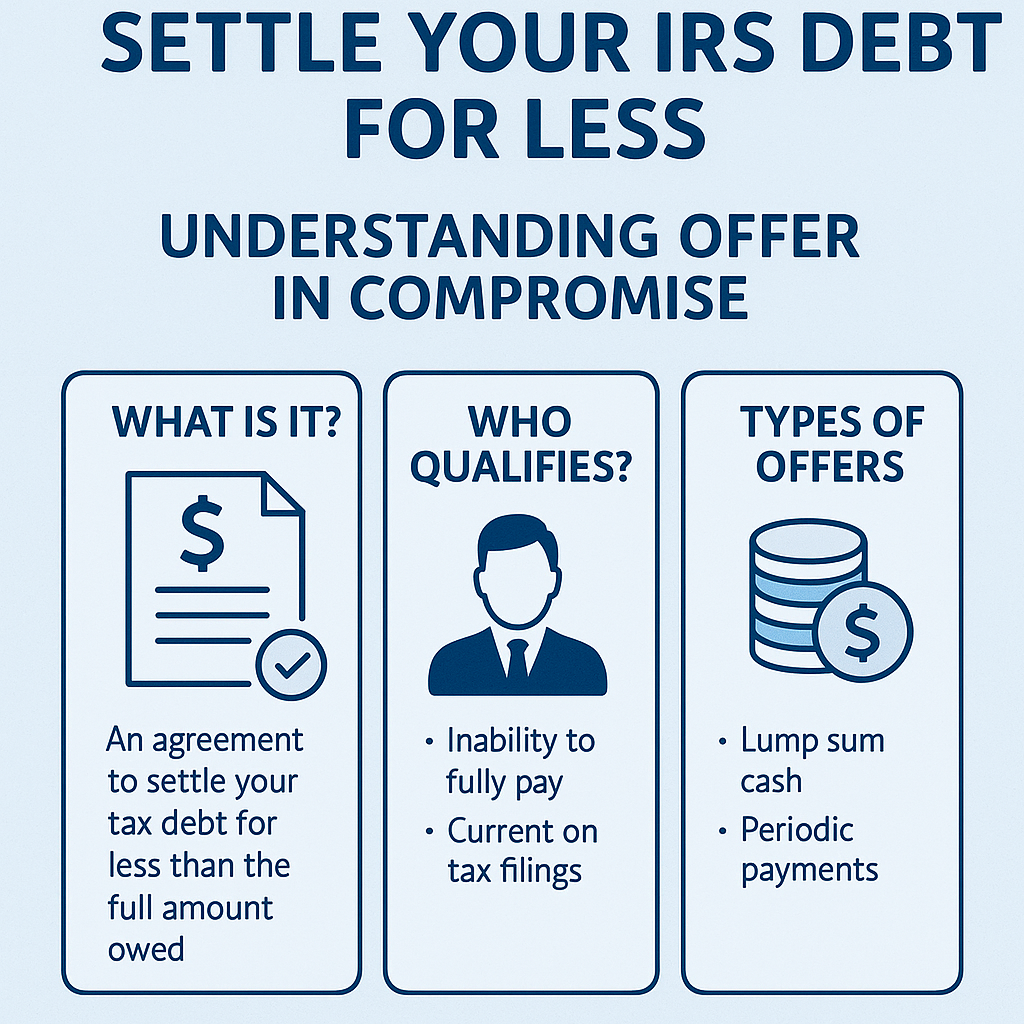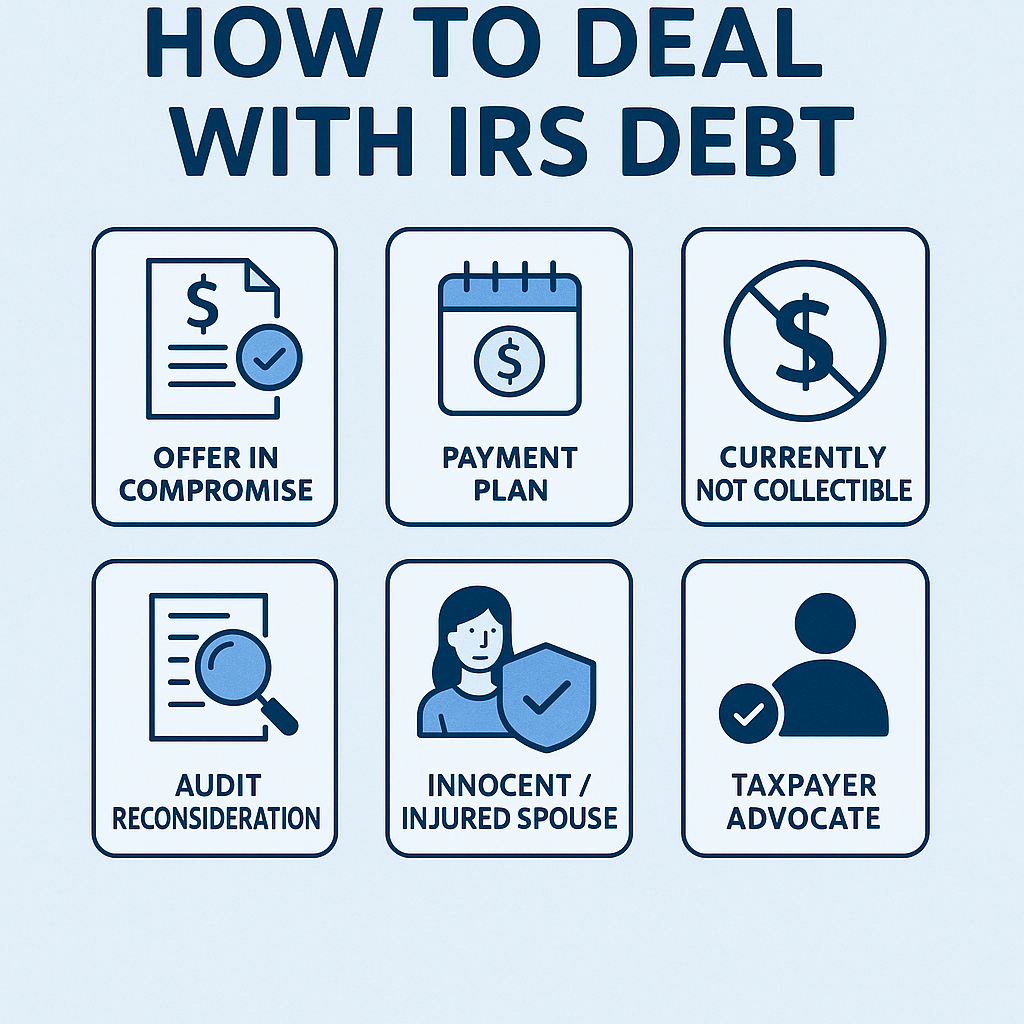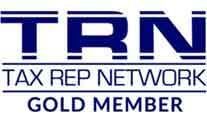How IRS Levies Work

If you owe back taxes to the IRS and haven’t been able to pay or make arrangements, you might’ve heard the word “levy” tossed around. And yeah, it sounds intense — because it is. An IRS levy is one of the most powerful tools the agency has to collect unpaid taxes. But before panic sets in, let’s break it down so you can understand how IRS levies work, what the process looks like, and what you can do about it.
What is an IRS Levy?
A levy is a legal seizure of your property to satisfy a tax debt. Unlike a lien, which is a claim against your property, a levy takes the property. We’re talking wages, bank accounts, retirement income, Social Security, and even physical assets like cars or real estate. The IRS doesn't just spring a levy on you out of the blue — there’s a process.
The IRS Levy Process (According to the IRM)
According to Part 5 of the Internal Revenue Manual — specifically Section 5.11, which deals with enforcement — there are a few steps the IRS must take before it issues a levy:
- Assessment of Tax: The IRS assesses your liability and sends a bill (Notice and Demand for Payment).
- Failure to Pay: You don’t pay the tax or make other arrangements.
- Final Notice of Intent to Levy: The IRS sends a Final Notice of Intent to Levy and Notice of Your Right to a Hearing (usually via certified mail).
- Waiting Period: There’s a mandatory 30-day waiting period after the Final Notice before the IRS can levy.
During those 30 days, you have the right to request a Collection Due Process (CDP) hearing. This is your chance to challenge the levy, propose an alternative (like an Installment Agreement or Offer in Compromise), or claim financial hardship.
What Can the IRS Levy?
Here’s what’s fair game for the IRS once all the notices are out of the way:
- Bank Accounts: The IRS can freeze your bank account and take the balance after 21 days.
- Wages: A continuous levy can be placed on your paycheck. That means part of your wages will be garnished every pay period until the debt is resolved.
- Social Security: Through the Federal Payment Levy Program (FPLP), the IRS can take up to 15% of your monthly Social Security payments.
- Retirement Accounts: Yes, the IRS can levy IRAs, 401(k)s, and other retirement plans. It doesn’t happen lightly, though — per the IRM, revenue officers must determine that there are no reasonable alternatives and get proper approvals. But if you’ve got retirement assets and haven’t made arrangements to deal with your tax debt, they’re definitely on the table.
- Other Assets: Property like cars, houses, or accounts receivable (if you’re self-employed) can also be levied, though this usually comes later in the collection process.
Can You Stop a Levy?
Yes, and you’ve got a few options:
- Pay in Full: Easiest in theory, not so easy in practice.
- Set Up an Installment Agreement: This shows you’re working to pay the debt over time. In most cases, active levies are released once the agreement is accepted.
- Offer in Compromise: If you qualify, you may be able to settle for less than what you owe.
- Currently Not Collectible (CNC) Status: If you’re experiencing financial hardship, the IRS may temporarily pause collection, including levies.
- Request a CDP Hearing: As mentioned above, this pauses collection activity until your hearing is resolved.
Final Thoughts
IRS levies are serious, but they don’t come out of nowhere. The IRS follows a very structured process, and you have rights — including the chance to appeal or work out a payment plan. If you’re getting levy notices, don’t ignore them. Acting early can make a huge difference.
Need help understanding your options? That’s what we’re here for.
